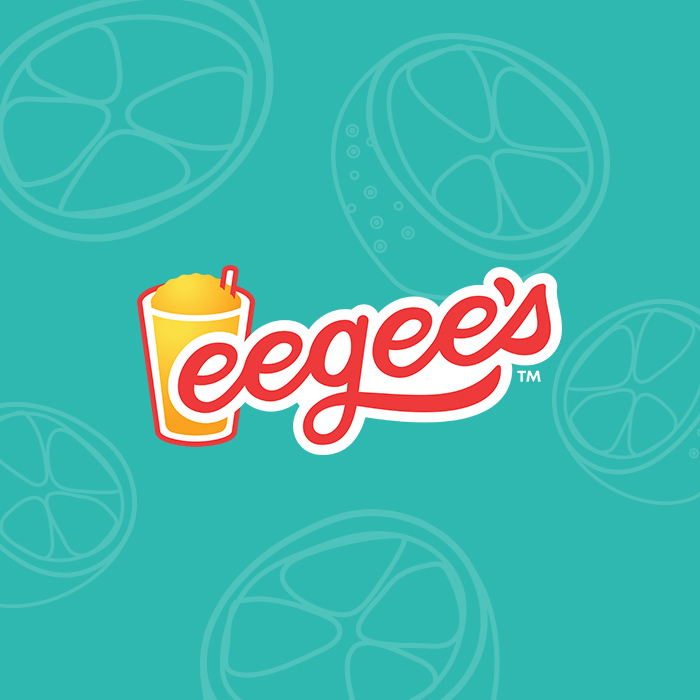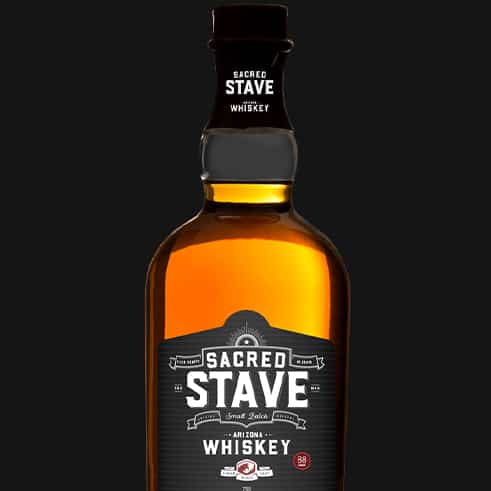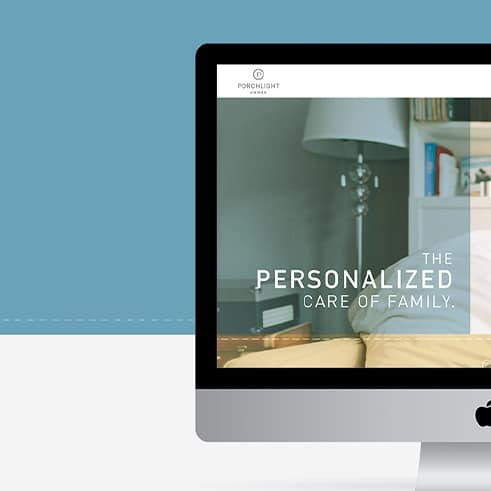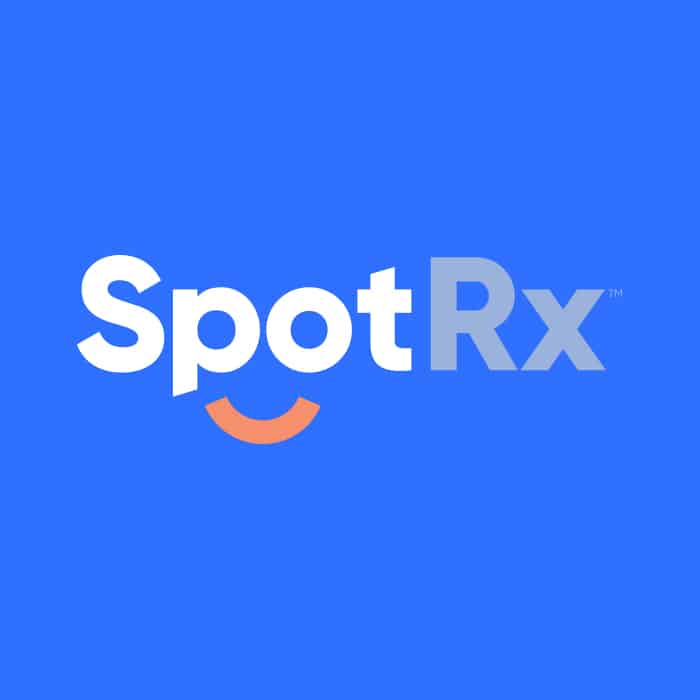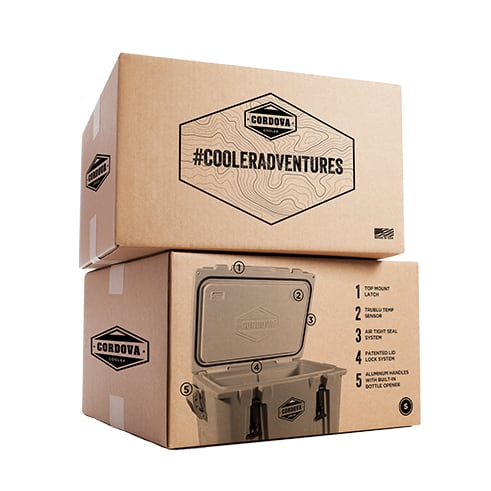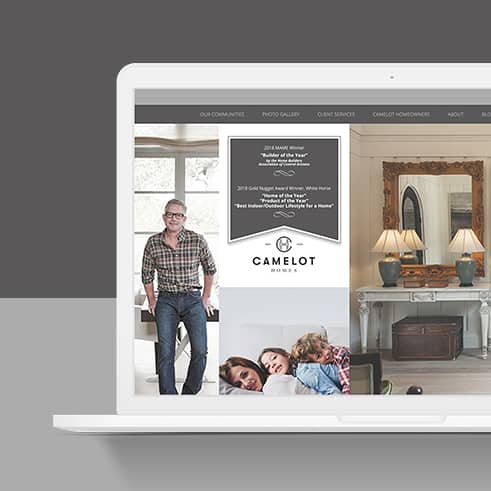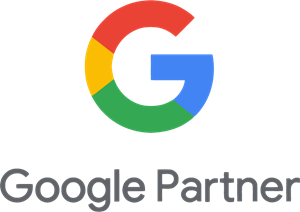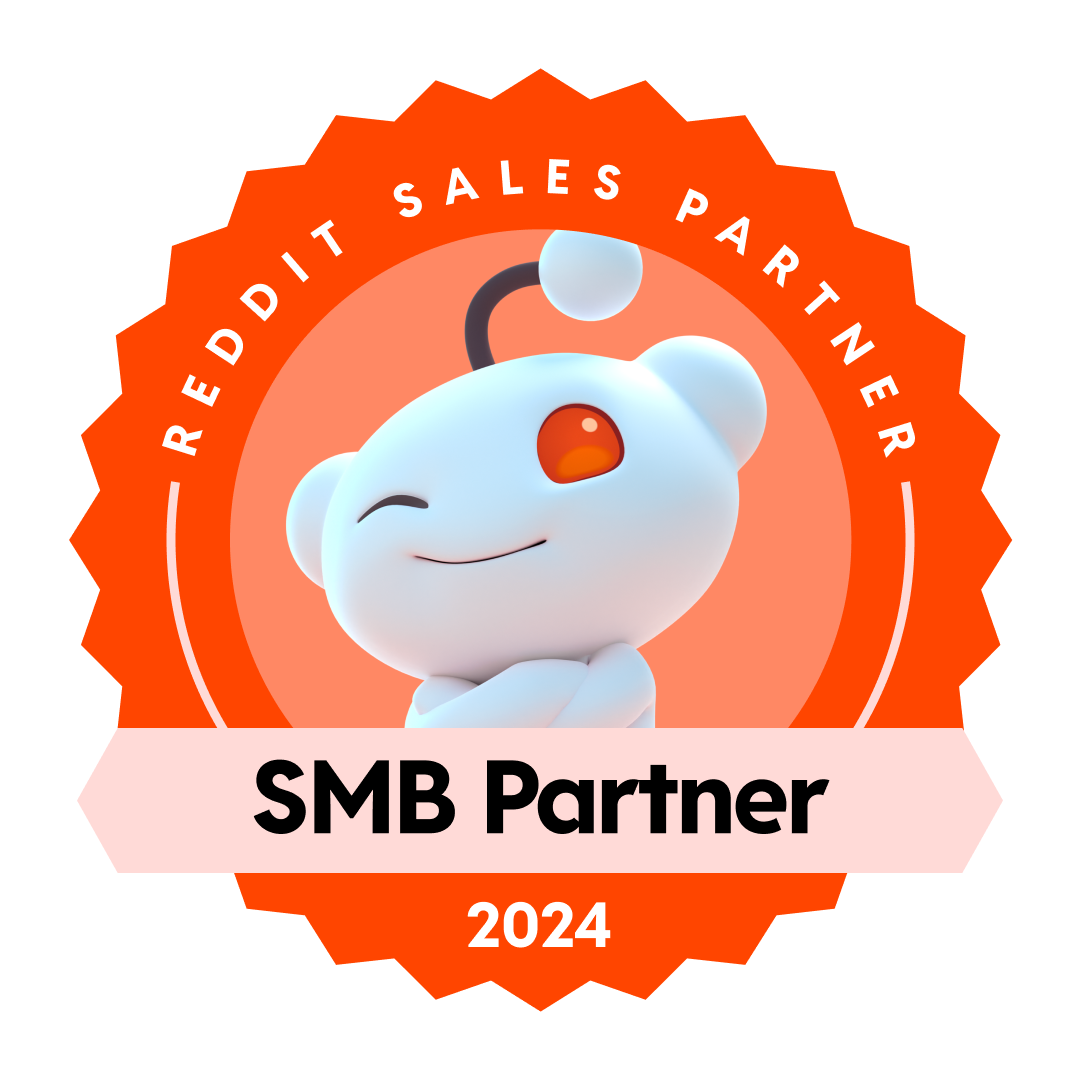Content Planning | Tips and Examples From an Ad Agency
December 9, 2020
According to Hubspot, seven out of ten marketers prioritize investments in time and money in content marketing. And, it’s not hard to see why. Today, a majority of consumers begin their purchasing journey, searching for the products and services they want, through a simple Web search. For brands large and small, high-quality and relevant content is one of the critical ways companies can gain valuable traction and placement with search engines. Great content also positions companies as thought leaders within the industry and builds trust with prospective buyers with an authentic and authoritative voice. Simply put, there are endless reasons why content is king in marketing today.
But where does quality, effective content come from? Marketers can’t simply write or produce whatever they want and expect it to magically drive sales. The content has to be part of a larger strategy, one that’s carefully planned and flawlessly executed. Without this cohesion, standalone efforts have no connection to the larger goals of your business. Therefore, the strategy and planning behind the content is just as essential as the content itself, if not more so. Here are some tips to help you get started.
Conduct an Internal Audit
Before you write even the first word of your first blog, it’s strongly advised that you assess your situation from an internal perspective. Understanding your niche and your core competencies will help you find your voice, which will go a long way toward helping your content stand out.
Ask yourself the following questions:
- What makes our company unique?
- Who is our target audience?
- What types of content does our audience prefer?
- What types of content are we capable of producing?
- What value can our content provide for our audience?
You might not have all of the answers to all of these questions, and that’s okay. If that’s the case, it’s time to do some digging into the inner workings of your organization and figure out exactly who your audience is and what those individuals want to hear.
If you do know who you’re attempting to appeal to, though, use all of the information at your disposal and start identifying ways you can use content to fulfill your mission. Remember, the main purpose of content marketing is to educate the customer, to make them feel good about their purchase — not because you’ve hoodwinked them, but because you’ve helped to create a savvy shopper that knows exactly what they’re buying.
Mediums and Messages
At this point, you should have a good idea of where your niche lies, both in terms of your organization and in the content you can create. Now, it’s time to put that knowledge into action.
One great thing about content marketing is that there are many ways to create content and spread the word. However, this can be a double-edged sword. Just because you can create varied types of content like blogs, infographics, podcasts, videos and whitepapers doesn’t necessarily mean you should. There’s something to be said for the “do one thing and do it well” approach.
For example, imagine your company provides painting services. Yes, there is value in writing blogs about different types of paints and the services you provide. But wouldn’t it be significantly easier to just show people why you’re the best? In this scenario, you’d want to lean toward visual content like images and videos. You can definitely produce written pieces to complement these striking images, particularly further down in the funnel after you’ve garnered interest. But you’d be wise to start with your most impactful content — and as they say, a picture is worth a thousand words.
The avenues through which you promote your content also matter. Choose mediums that both complement your niche and resonate with your audience. In the painter scenario, you’d want to utilize platforms that place a premium on visual media. Given its image-only platform and popularity, Instagram is a clear first place to start. Facebook would be another great destination; while it’s not as popular with the younger audience, older consumers that own homes would be ideal targets for painting content. Additionally, Facebook posts with images have twice the engagement of normal posts, helping to ensure the success of a painting business on the platform. Each social media platform has its pluses and minuses, and it’s in your interest to make sure those positive attributes help you to show off the best features of your business.
There’s no exact formula for this part of the content puzzle. The more you know about your own business and the message you want to convey to your target audience, the easier it will be to find your footing in terms of content creation and promotion. Working with an ad agency can also help you to find the right mediums for your content promotion.
Ideas for Content
Some businesses produce so much quality content that it seems effortless. Of course, that’s not exactly the case in reality. Those companies that can provide a steady stream of great content are only able to do so because of their planning and their ability to generate excellent ideas for content.
The good news is that it’s not hard to come up with content ideas — at least at first. Start with your main customer pain points, and produce content that speaks directly to people with those issues. With these types of posts, you’re not necessarily trying to sell products. Instead, your goal is to simply make people feel understood. These are the posts people might come across in a Google search. If you do a good job in speaking to your audience with this content, they’ll likely want to learn more.
With an initial level of interest achieved, potential customers might want to learn more about the industry and the options available to them. Your content can help to clarify things for the consumer; more importantly, this content has the potential to sell the viewer on the idea that they do need a solution in this area. In written content and in social media, you should always close this informational content by showing how your products and services resolve all of these issues. By doing this, you’ve educated the reader, but you’ve also shown that your company has the solution.
From there, you can create content based around all of your unique product and service offerings. This content is geared toward a knowledgeable consumer that knows they want to make a purchase in this area, but isn’t quite sure what they’re looking for. This is where your strongest promotional content should reside. Close these posts with a call to action, potentially including a promo code to really encourage the viewer to take action.
Organizing Your Content
If you’ve followed along so far, you should know where your content strengths reside. You should know exactly who you’re speaking to and how you’ll reach this group of consumers. Most importantly, you should have a stockpile of content that’s aimed at people at all parts of the sales funnel.
So now, how do you actually make this work?
The goal of all marketing is to convince an individual to make a purchase. Most new customers become aware of a brand through either a Google search or a social media post. This is a great place for you to start. The search engines will pick up your content naturally, but you can always utilize paid search as an option for improving your SEO. On social media, you’ll want to feature your most eye-catching content aimed directly at resolving the most prominent pain points of your audience.
In either case, you’re trying to get these viewers off of Google, off of social media, and onto your website. Your website is where the magic really happens. With any luck, you’ll be able to convince viewers to sign up for your email list, and that’s when content marketing gets much easier.
Modern marketing tools like marketing automation software can take your existing content and tailor it directly to where an individual consumer resides in the sales funnel. People that just signed up for your email list will get top-level content with general industry information. Those that have demonstrated more interest will receive more in-depth information with more sales-oriented calls to action. This is the best way to see how your content ties directly into consumer activity, which is the entire premise on which content marketing is built.
Beyond the Plan
Your initial load of content can sit safely on your website, and your social media and email campaigns will direct people to the content they need at the time they need it. But your content planning mission doesn’t end there.
There’s always a need for new content. Industries change. Consumer preferences change. The product offerings and technical capabilities of your organization may change. And as we know all too well in light of COVID-19, the entire world can change at a moment’s notice, rendering much of your existing content obsolete.
Observe what’s happening in the world around you — within your local community, your industry and the world as a whole. Base your content around the ways your offerings can help people as new situations arise. Again, it’s not all about sales. Mainly, your content should encourage and support people. Your content should let people know they’re not alone, and that your company may offer something that can help individuals in their time of need.
The calendar can also serve as a guide for new content. The holiday season, for example, is a perfect time to create some new content based not just around upcoming sales, but also gift-giving guides and ways your products can help around the holidays. Look at what’s coming up and see how your business can benefit from some timely content. It’s a great way to take advantage of natural interest and have a little fun at the same time.
There’s a lot more to content than meets the eye. But if you break it down, content planning and devising a content strategy aren’t terribly difficult. Paying attention to the needs and wants of your audience, assessing your internal strengths and understanding how your content can provide value are the building blocks of any content strategy. Use your knowledge in these areas to create a content plan that entices new consumers while encouraging loyalty from existing customers.
For more information about how Commit Agency can help your business develop an effective content marketing strategy, don’t hesitate to reach out today.












